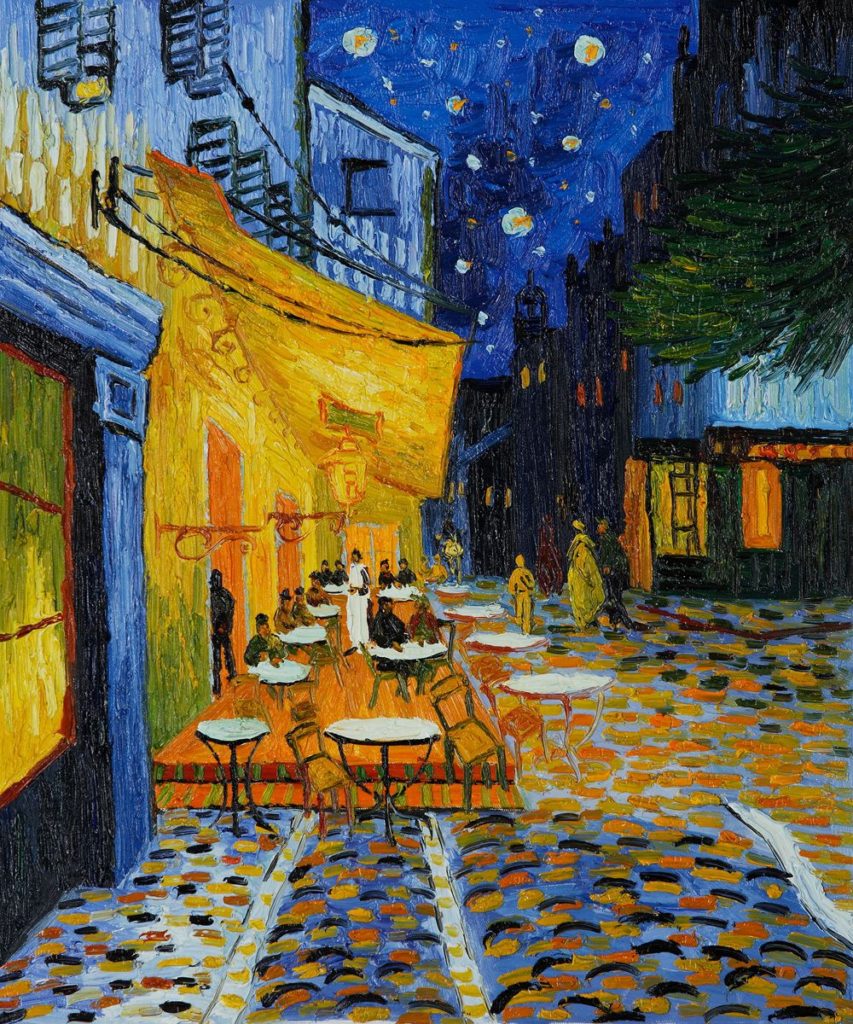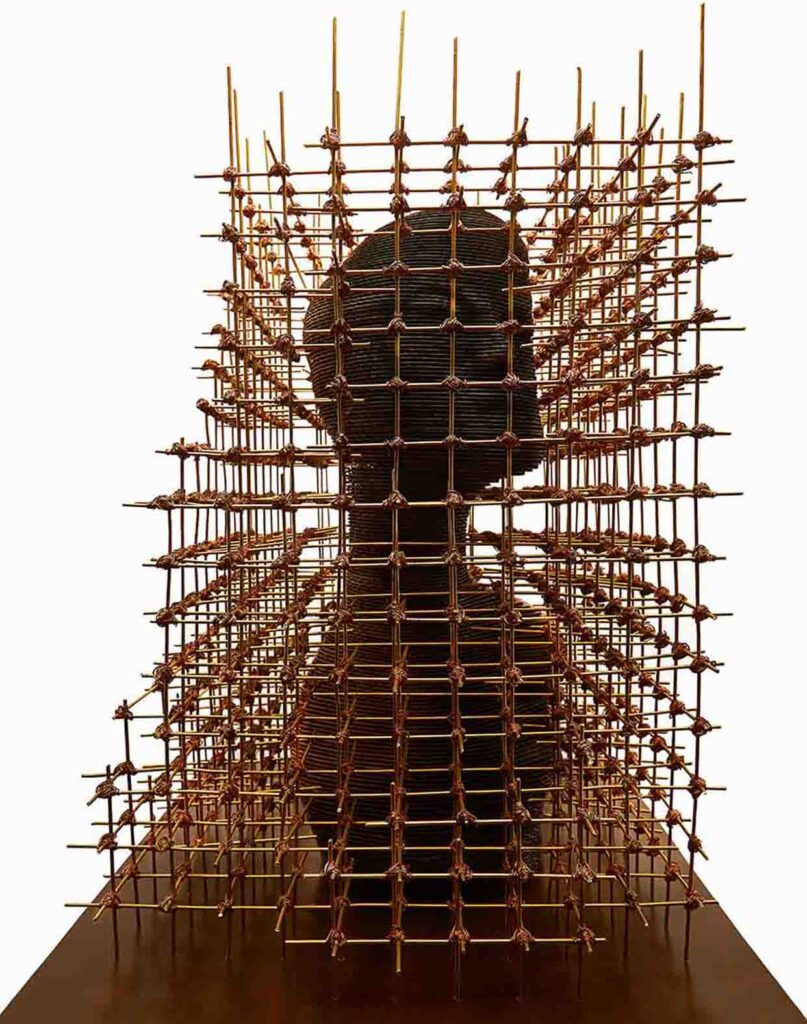The feeling of not being able to breathe, as if the world is swallowing you, is terrifying. Many of us live inside our heads. We are social creatures, Pain and suffering are such immense experiences that sometimes we tend to ruminate a lot about them. Our brain is naturally drawn to things that are vital to our health. It can make us feel happy at one moment and anxious at the very next one. There are multiple thoughts involved which at the end of the day might suffocate us!
Social distancing and prolonged isolation have moreover added to these thoughts of ours. Our minds and body are depressed.

What was challenging feels overwhelming; what was sad feels unbearable; what felt joyful feels pleasureless. But have you ever thought that depression can inspire us?
“Wisdom comes alone through suffering.”
Our flaws make us angry and we would do anything to get rid of them. Looking at it from the standpoint of a creative person, it seems like depression forces artists to keep trying until they find a way to solve problems in a sophisticated technique or execution. They simply keep working and trying passionately to express their thoughts more efficiently.
You can’t put a finger on depression, it’s an elusive feeling that’s hard to understand and let alone be explained to others.
Depression can stimulate creativity, because people often become more sensitive to art when experiencing strong emotions. That is why poets, influencers, artists are required to look deep down into their souls cause that’s where their art comes from.
From an evolutionary standpoint, we could now say that depression is a psychological desire to be better, to be stronger, to reflect on where we’ve made mistakes, and to find ways to improve ourselves overall. Research from Andy Thomson and Paul Andrews confirms this approach, stating that depression is an evolutionary way for us to tightly focus our attention on what needs changing in our lives.
After much rumination, creative types tend to fall into the deeper states of depression, but that also means they’re more likely to experience the higher rises. Because of this effect, their work is more prominent and their behavior is more recognized.
As Nietzsche once noted: “One must have chaos in oneself to be able to give birth to a dancing star.” On average, people who are very emotionally stable may be too happy to feel the need to create. After all, if the status quo is fine, why change it?
The mystery of depression is not that it exists — the mind, like the flesh, is prone to malfunction. One way artists have always coped with loneliness is through creativity. By transmuting their experience into something beautiful they give something exceptional to the world.
“I started painting in blue when I learned of Casagemas’s Death” –Pablo Picasso.
THE BLUE PERIOD OF PICASSO

The blue tones began to dominate in Picasso’s painting soon after he sank into severe depression. La mort de Casagemas, his first blue painting was inspired by the suicide of his friend Charles Casagemas. Later on, he continued to create more such artworks with his subject matter- prostitutes, beggars, and drunks. Although Picasso had a difficult time selling his ‘blue period’ artworks then, they are now some of his most popular worlds.
These somber, monochromatic paintings in the shades of blue and green were a beautiful outcome of his depression.
”I put my heart and my soul into my work and lost my mind in the process.” – Van Gogh.
VAN GOGH’s FASCINATION FOR YELLOW

One of the most famous artists with an example of mental illness is Vincent Van Gogh.
He was commercially never successful and died from a self-inflicted gunshot. His work with his bold brush strokes and colors shows not only a tortured mind but also immense talent.
We all know his addiction to this vibrant pigment- Yellow. This color has known to influence his work. Evidence suggests he might have had manic depression, a chronic mental illness that affects many creative people.
Yellow and blue are the colors which give profound emotions to the art. “The dome of the sky has an extraordinary blue; the color of the sunlight is that of pale sulfur, sweet and enchanting, as the combination between the heavenly blue and the yellow in Vermeer or Delft’s paintings. I fail to resume so beautiful,” writes Vincent to his brother Theo.
Moments of joy and sadness are all recorded in color. Creativity is often linked to colors. Colors help us engender our emotions. They tend to have an emotional effect on you, independent of the subject matter.
Bandana Jain’s BROWN
As a contemporary artist earthy, monochromatic tones tend to have a soothing effect on me. They remind me of the living wood and earth. Rich, subtle, and extraordinarily restful to look upon, brown creates a feeling of coolness and warmth at the same time for me.
